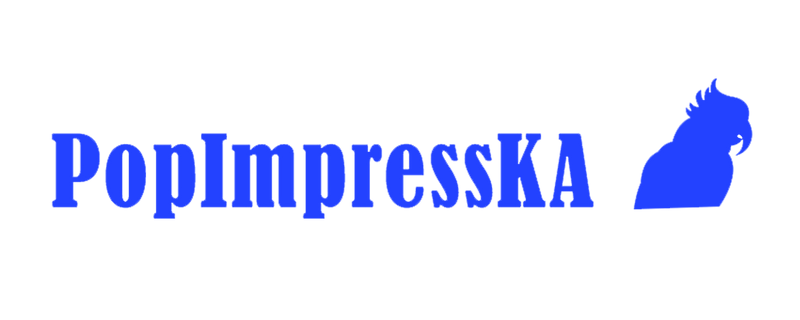Since the end of the 19th Century and during the entire 20th Century, art was mainly influenced by three philosophical concepts: expressionism, abstract painting, and surrealism. All three concepts of art were searching for a new approach to the world based on individual human experience beyond realism, which had been displaced entirely by photography as a function and domain of art, and also, in some way, as its temporary imperative. From then on, arguably, one could say that art was but the compensation of its end. Indeed, by losing its documentary function, art had become pure art for the sake of art and began to search for a new justification of its very existence. It became its main objective to express and visualize those things that the eye of the camera cannot see and will probably never be able to see: the world in and by itself, irrespective of unfiltered through human perception, awareness, and mind, and the dreamlike world inside the human psyche.
+

Above: James Seehafer Acrylic on U.S. Highway signage
+

Above: “Untitled 1990 / Edition 2014” - digital photo, with digital manipulation, printed (archival ink) on to acid free water color paper panels, acrylic paint on aluminum, screws (5 mm thick - the gray frame is the aluminum )
Overall dimensions
width=150 cm height=210 cm (Aprox. 4 ft 11 inches x 6 ft. 10 inches
+

Above: James Seehafer Mixed media on paper, Mixed media painting with QR code extended media. More on “extended media” here at:
https://www.youtube.com/watch?v=08ga_15p8W0
+

Above: James Seehafer Mixed media on canvas & aluminum
Mixed media painting with QR code extended media.
More on “extended media” here at:
https://www.youtube.com/watch?v=08ga_15p8W0
+
Surrealism proved to be particularly long-lived. Contrary to the other two schools, it did not completely turn its back on realism as lost terrain, but amalgamated realistic and non-realistic elements into a dream-like super-realistic – surrealistic – synthesis, creating a rich counter-world to the experience of every day; a counter-world in which all things, real or not, are offered to the viewer in a simultaneous amalgam. But the subconscious mind does not only express itself virtually on occasion; it is also influenced by the media, particularly through advertising, from jingles to colorful mega neon bill board events. During this development, and while the Internet was still in its infancy, artist James Seehafer coined the concept of Massurrealism. In 1992 in order to characterize his own work; an art form that creates surrealistic dream worlds by combining technical means of the mass media with traditional techniques such as painting & collage.
Seehafer grew up in New England, the son of an American professor of communication science. Among his strongest influences at the time came from René Magritte and Salvador Dalí, and pop art icons like Andy Warhol and Roy Lichtenstein. He was inspired by their use of the mass symbolism. James eventually applied and was accepted to Parsons School of Design in New York. He moved his residence into the appropriate scene and artist studio on the lower East Side, where he began exhibiting his paintings. These were exhibited for the first time in the 1980's and early 90s in art galleries and cafés in New York and Connecticut, among them included his shopping cart that would become the symbol of the Massurrealism.
+

+

Above: James Seehafer Photography and digital collage 2009
+
During those years, he was often asked to give a definition of his art. In 1992, he finally created and defined the concept of Massurrealism promoting it on the Internet. Interest came steady and eventually and a group showcase website www.massurrealism.org appeared on the Internet, to which many artist worldwide reacted, associating themselves with it with statements like: “I knew there was a word for what I’m doing.”. Over the years, gradually a core group of artist representing this style developed.
Above: Urban Art Minute: Massurrealism
In 1995, a first small group show finally took place in a cyber cafe in Connecticut, some of the artists participating via the Internet from remote countries like Finland. At that time, Seehafer began to involve himself in advertising design, photography and digital photo-collages, other works include his “extended media” media works which combine both paint on canvas with video. He also created sculptures from U.S. highway signs. later the first general treatises appeared in the book “Massurrealism: A Dossier” (2004) as well as “Three Essays About massurrealism” (2013)
Three Essays About Massurrealism (English ebook version) is available to the public gratis, and can be downloaded here :
http://www.massurrealism.org/3essays/MMA_enTEAM.pdf
+
The audiobook companion to the English version:
https://soundcloud.com/user-49189981/three-essays-about-massurrealism





